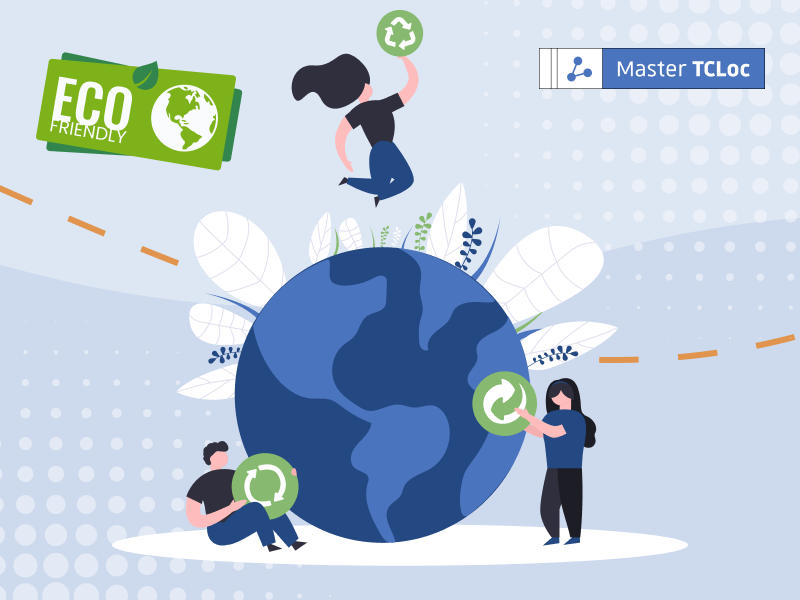Whether you’re an HR consultant working on a digital learning project or a freelancer looking to start an online education business, this article will help you understand the key elements to consider when developing your own digital learning program.
According to Coursera’s Skills Index, two-thirds of the world’s population are falling behind in critical skills. As digital technologies continue to reshape industries, many businesses are embarking on digital change initiatives to maintain pace with the competition. The ability to deliver in the digital world is now more important than ever, and the pace of change and client expectations demand a new set of skills. Working professionals need to continuously upskill, developing core capabilities that include agility, technical knowledge, critical problem solving, and a set of leadership skills to thrive in complex work environments. Digital learning is the modern way of learning that enables exactly this.
What is Digital Learning?
Digital Learning describes all types of interactive learning powered by technologies and the Internet. The Covid-19 pandemic caused learning to move online at an unprecedented degree, and it has become clear that digital learning is here to stay. Higher education institutions and companies are increasingly adopting this modern way of learning. For example, many universities and companies are developing e-learning programs to enable continuous learning, thus allowing working professionals to upskill.
Before we dive into the key elements of a learning program and how to deliver a great online learning experience, let’s look at some of the main advantages of digital learning.
Key Benefits of Digital Learning
- Cost: Online learning allows organizations to cut back on travel, accommodation, and logistic expenses.
- Accessibility: Individuals can access courses online anytime and from anywhere.
- Options: There is a wide variety of available courses in terms of both content and type, ranging from short skill-based e-learning programs to fully accredited online university degrees.
- Lifelong Learning: Online learning gives learners more control as they upskill, and it promotes continuing education.
Delivering a Quality Learning Experience
Capturing the digital learning opportunity in an era of digitalization requires skills, digital capabilities, know-how, and collaboration. Critical factors for success when developing a learning agenda include content development, course delivery, and success evaluation metrics, as well as the necessity to keep up with an unprecedented pace of change. At the core of digital learning, organizations need to ensure that both content and user experience are engaging and relevant to the target audience.
Key Elements of a Successful Digital Learning Program
Expectations and Learning Outcomes
Learning outcomes need to be outlined clearly. Potential learners expect to understand a course’s outcomes and learning approach before investing their time and money. Therefore, it is important for organizations to inform learners of the learning outcomes and to clearly lay out expectations for the learning experience. Digital learning programs should clearly define and highlight learning objectives, and teaching methods (for example, self-paced or blended learning).
Accreditation
Establishing accreditation and common standards for your digital curriculum lends authenticity and validity to the course. Some organizations offer verified certificates while others provide digital badges upon completion of a course. To cite just one example, the World Economic Forum shared emerging initiatives where big organizations collaborated and developed innovative digital learning programs to prepare professionals for the future of work. Industries and universities are forming partnerships and incorporating skills-based digital credentials into learning programs.
Content
Content should be relevant, structured, and comprehensive. Learners are looking for content to fulfill specific learning goals. Course content should therefore be skill- and outcome-based, but it should at the same time incorporate user experience design, storytelling, and interaction. Site maps, learner flows, animations, quizzes, and videos can help support learner engagement. It’s also important to regularly revise and update content as needed. In addition, complementary content that covers related skills and knowledge to the primary content is highly valuable.
Learning Tools and Systems
Decisions about authoring tools, learning delivery platforms, procurement, setup of IT infrastructure, and systems integration are key to an effective online learning delivery. When selecting authoring tools and learning management systems, consider ease of control for administration, speed of user adoption, and efficiency for all related activities. There are many different types of learning tools and systems to develop, manage, and deliver your content. Pick the right flavor for your business needs. If the infrastructure and tools are already in place, working processes with existing systems should be able to support your activities when audience outreach extends.
Teams and Processes
Deploying a digital learning initiative and maintaining the activities as you scale require a dedicated team of professionals and work processes. The capabilities and collaboration of the different working teams (IT, Marketing, Course Development and Operations) and instructors are crucial in delivering a valuable and pleasant learning experience. It’s also important to establish a strong support mechanism where learners can engage and easily reach out for guidance, questions, or issues. This may include coaching, forums, or Q&A sessions.
Conclusion
Many organizations have started embarking on the journey of developing their own digital learning hubs to enable continuous learning that allows working professionals to upskill. The increasing development of digital learning is one of the many digital transformations that is happening in the changing face of technology and businesses today. From online education to employment and business opportunities, digital learning is taking over how we learn.
Head over to the TCLoc blog to find out more on Web Technologies, and other related topics. Are you ready to embark on your very own online learning journey? The TCLoc Master’s degree is an accredited online master’s degree that combines technical communication and web technologies.



